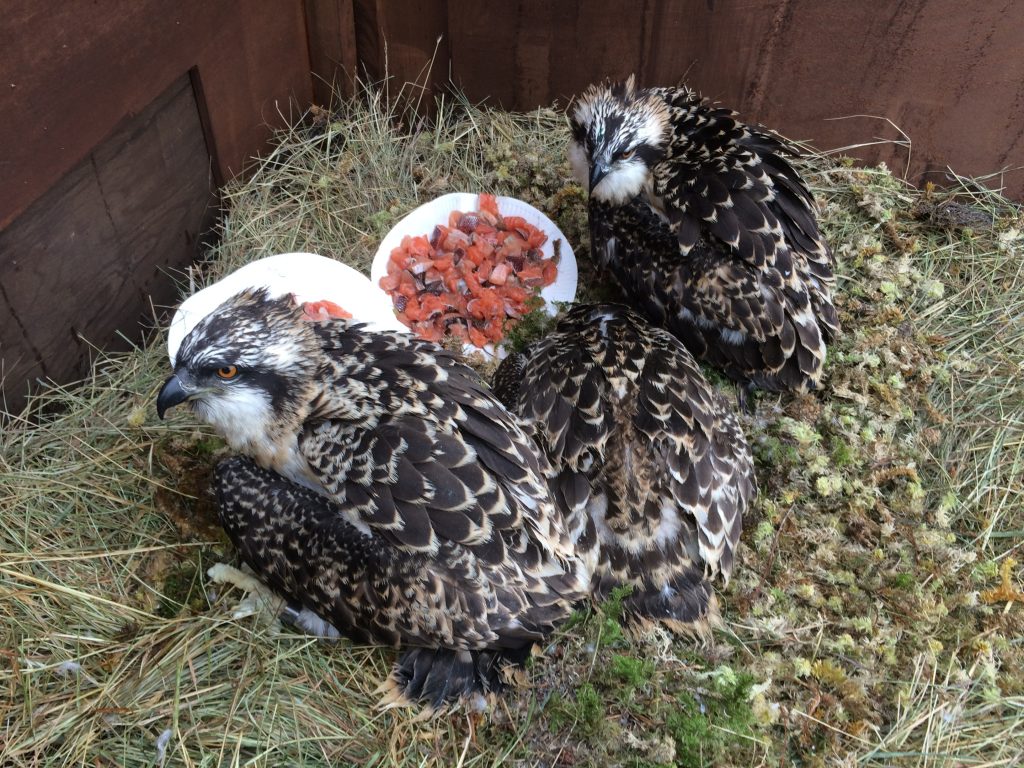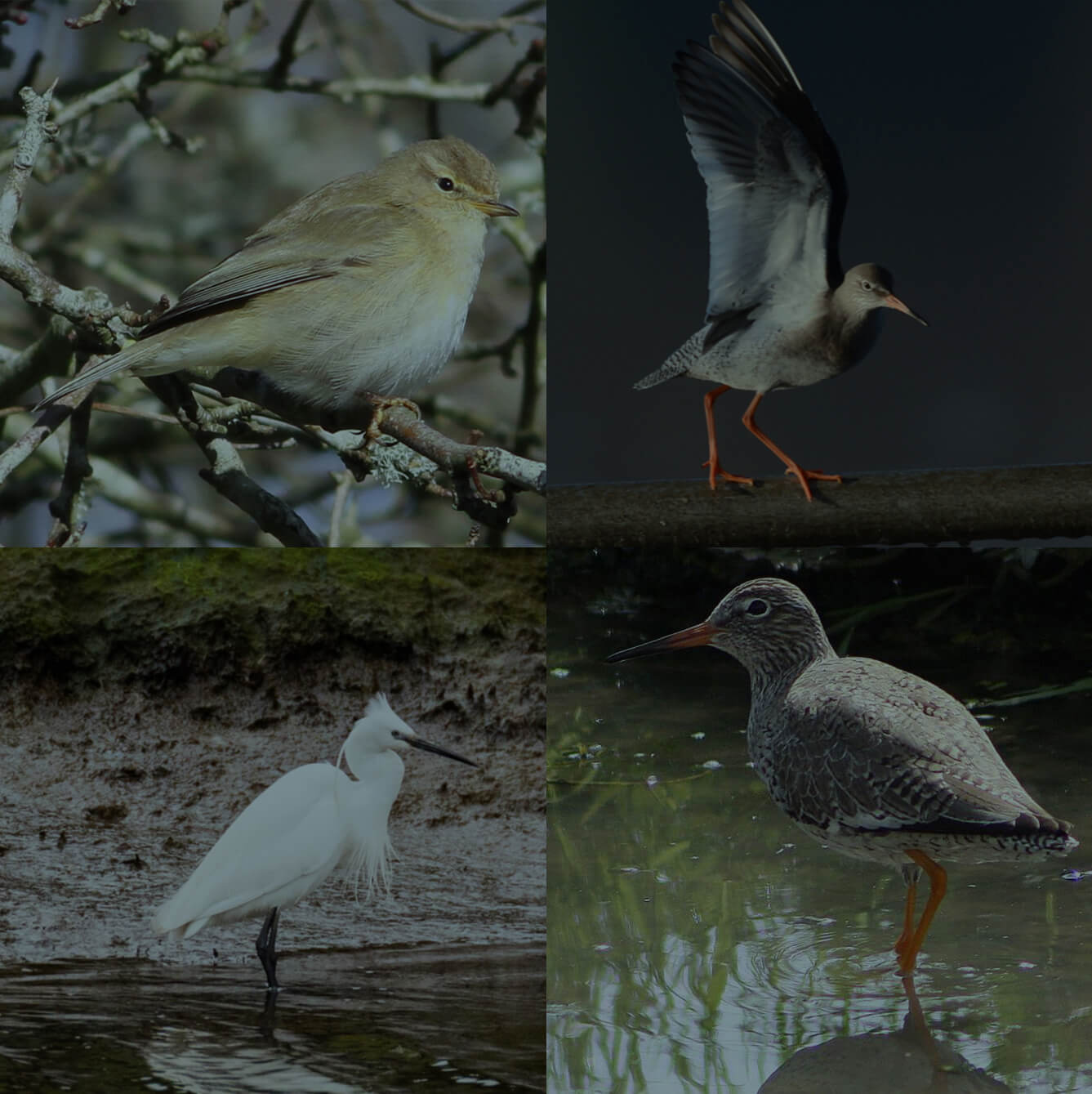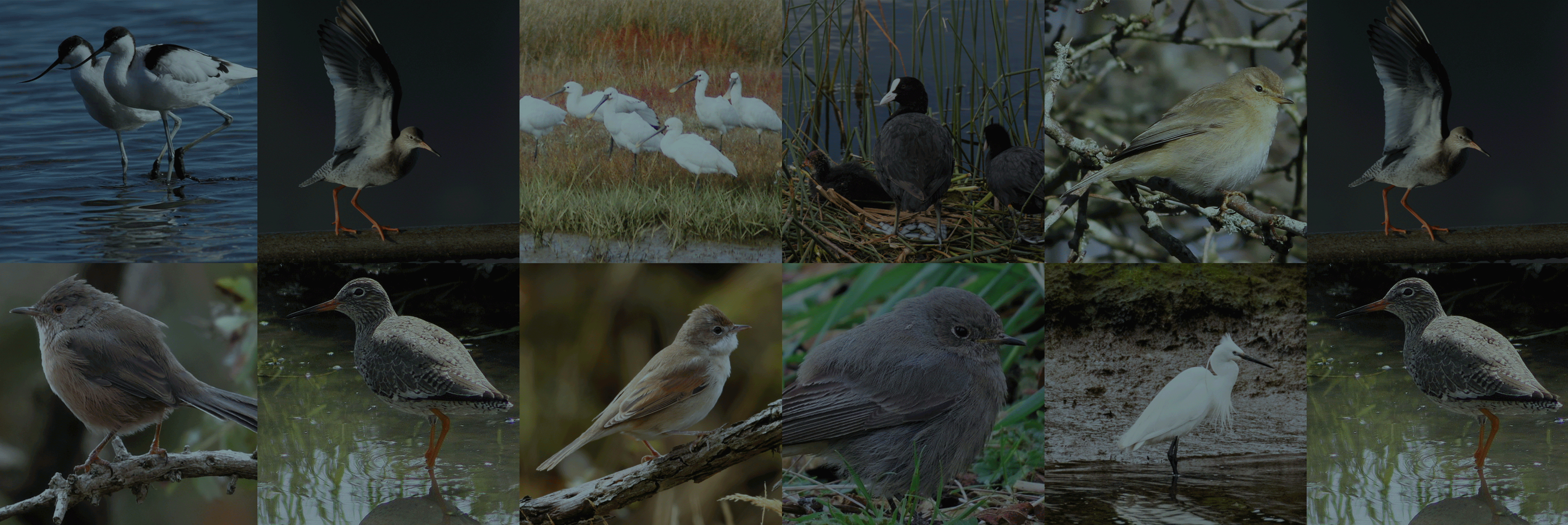The (Fish) Eagle Has Landed – Osprey Chicks Arrive in Poole Harbour
Eight Osprey chicks have safely arrived in Poole Harbour as part of a five-year translocation project, aimed at re-establishing this spectacular bird of prey to its former breeding grounds on the south coast
The chicks, which were collected from healthy, sustainable populations in northern Scotland were transported down in mid-July and are now settling into their new homes whilst familiarising themselves with the local area. The project which is being run by local charity ‘Birds of Poole Harbour’, Scottish charity ‘The Roy Dennis Wildlife Foundation’ and local wildlife technology company ‘Wildlife Windows’ was given the go-ahead this spring and it’s hoped that over the next 4-5 years Ospreys will adopt Poole Harbour as their new home and re-colonise the south coast.
Osprey were once widespread across the whole of western Europe but became extinct in the UK by the mid-1800’s mainly due to human interference and as a result struggled to recover across this region. The five-year project will see Osprey chicks being brought down to Poole Harbour each July and then held in large holding pens for two-three weeks, before then being released as soon as they are able to fly. It is during their first few weeks on the wing that Poole Harbour becomes imprinted as home rather than Scotland. Male Ospreys normally return to their natal areas to breed, and so it is hoped that males will start to look at setting up territories on the south coast by 2021.
Osprey pass through Poole Harbour every year on migration, attracted by the abundance of fish such as Mullet and flatfish. In late August the harbour can host up to 6 Osprey at any one time as birds fatten up before their long migration down to west Africa.
As Osprey feed exclusively on fish, a vital part of the project is ensuring that the newly arrived chicks get enough fresh food to fatten themselves up before being released in early august. The project team have linked up with Poole based fish restaurant ‘Storm’ who have kindly offered to source, prepare and store the fish for the chicks to help support the project. The prepped fish will then be fed to the chicks by a small team of volunteers through July and into August where their health and behaviour will be closely monitored.
Paul Morton from the ‘Birds of Poole Harbour’ charity stated:
“We’re so pleased to see the chicks finally arrive in Poole Harbour. It’s been a long few months waiting for this moment, so to see them in the pens has made the whole project very real now. The public support we’ve received has been over-whelming and the offer of help from ‘Storm’ restaurant has been key to making this part of the process run smoothly and efficiently”
Pete Miles, owner of ‘Storm’ restaurant and local fisherman added:
“It’s a real privilege to be involved in the project and to help the Osprey team out. Anything that helps promote and educate local environmental stories is always good news. We’ve already got all the facilities to prep fresh fish, so it made sense to offer help, plus I’m really looking forward to seeing these birds out flying around the harbour in years to come whilst I’m out on my fishing boat.”
The chicks were carefully monitored and collected by Roy Dennis and Tim Mackrill from the “Roy Dennis Wildlife Foundation”, whose decades worth of experience in Osprey conservation and biology ensured the young chicks were in the best hands possible. Roy has monitored Osprey nests in Scotland since the 1960s and was able to select the healthiest chicks from pre-chosen nests.
Roy Dennis stated:
“We are delighted that this exciting and important project is underway. Establishing a population of Ospreys on the south coast will restore the species to an area where it was once common and also help to link expanding populations in central England, Wales and northern France. We are moving the birds to the best possible location given the abundance of fish found in Poole Harbour and the plethora of potential nest sites in the surrounding area. I’m particularly excited about this project because I was born in the New Forest.”
Once the chicks look ready and strong enough to fly, the Osprey monitoring team will open the pens, allowing the chicks to take to the wing for the first time and explore their new area. It is expected that the young Ospreys will remain in the harbour for a further 4-6 weeks after release before they begin their long migration to West Africa. The released Osprey will then remain in Africa during the summer and winter of 2018 and won’t think about flying north to the UK until late spring 2019. Its hoped that the first breeding will take place around 2021.

You might also like...
Harbour Update – posted 26/07/24
It was good to get that dank, yucky murk out of the way, which allowed for some new…
Find out moreHarbour Update – posted 25/07/24
You should never right off a good days birding because of the weather, because you just never know….
Find out moreCall 01202 641 003
© 2024 Birds of Poole Harbour Registered Charity No. 1152615


